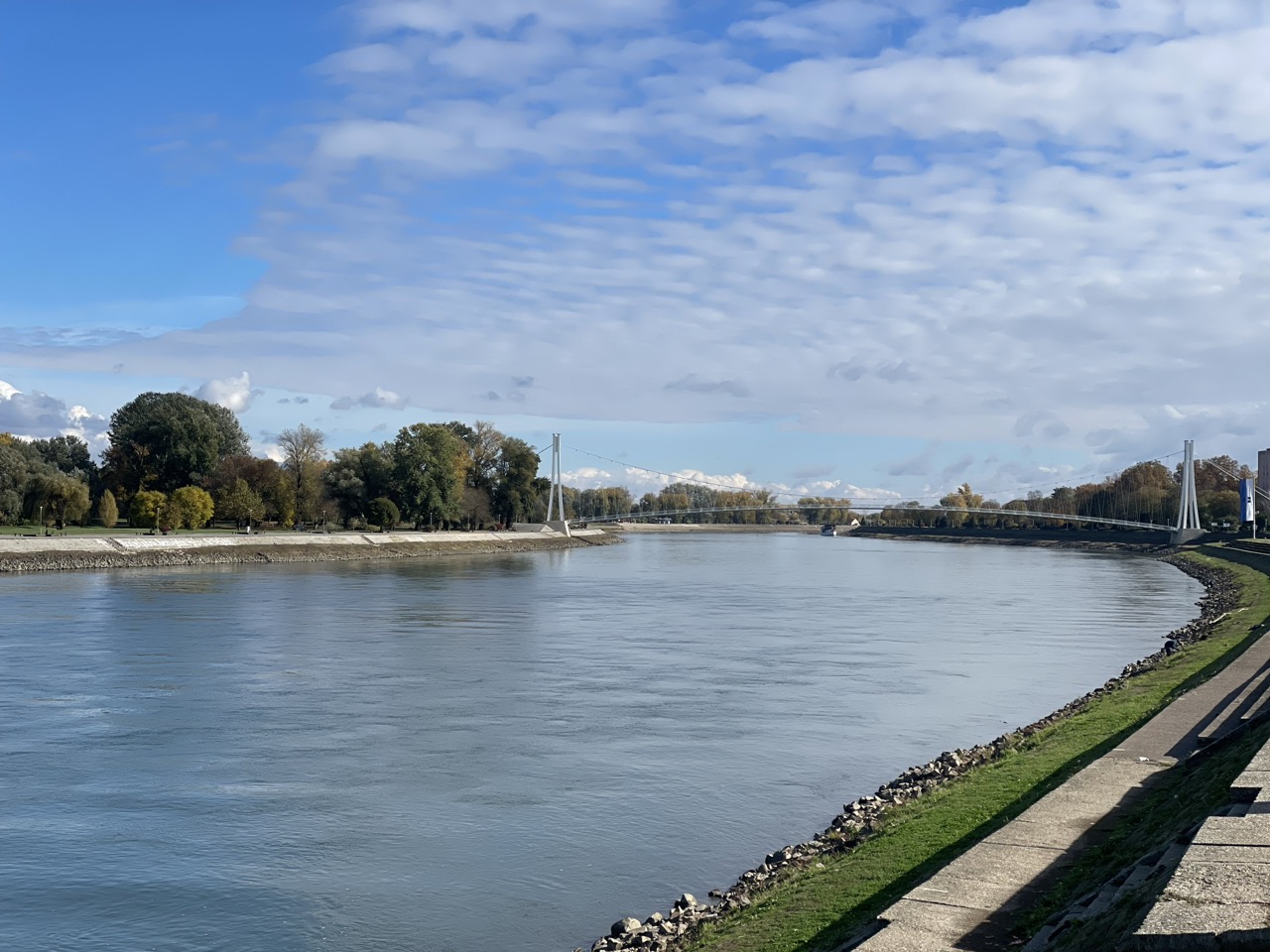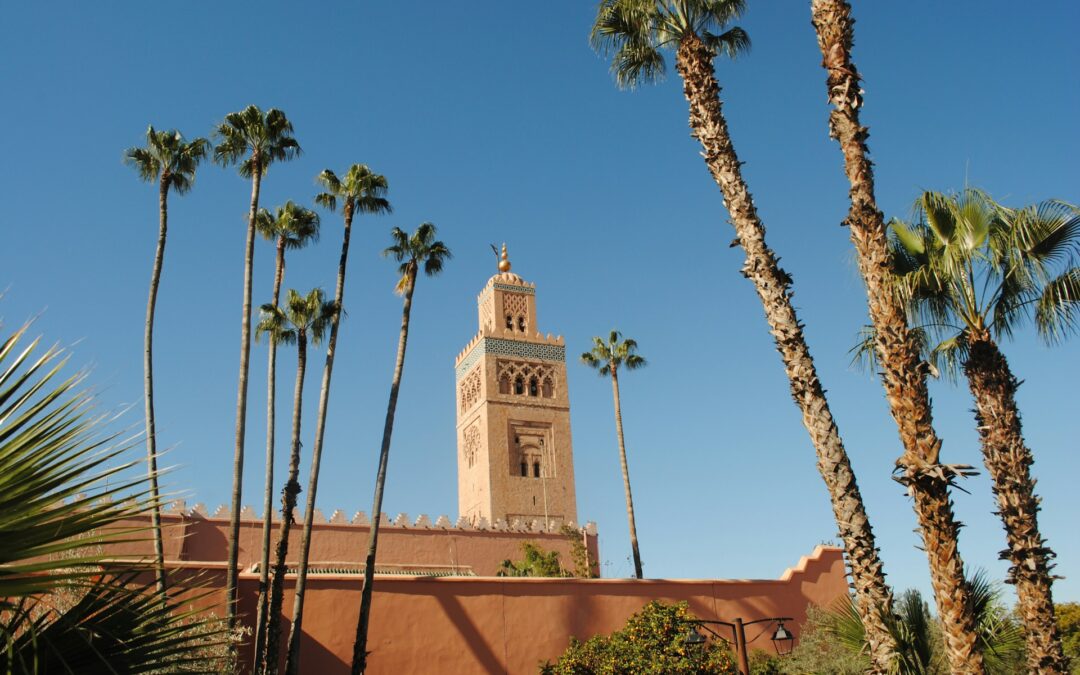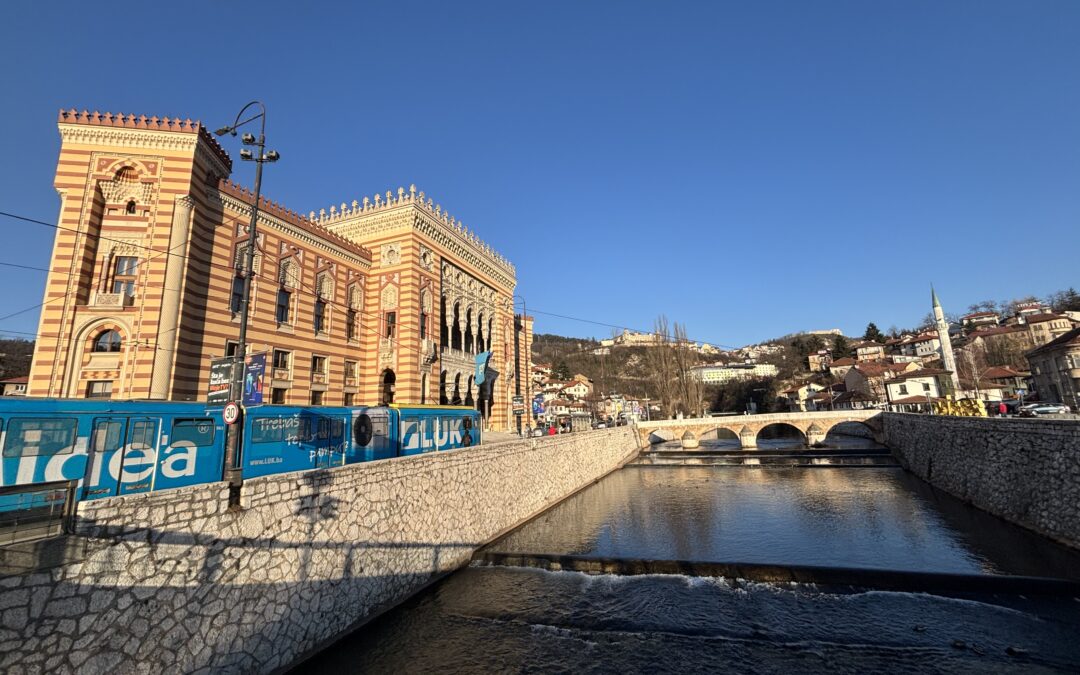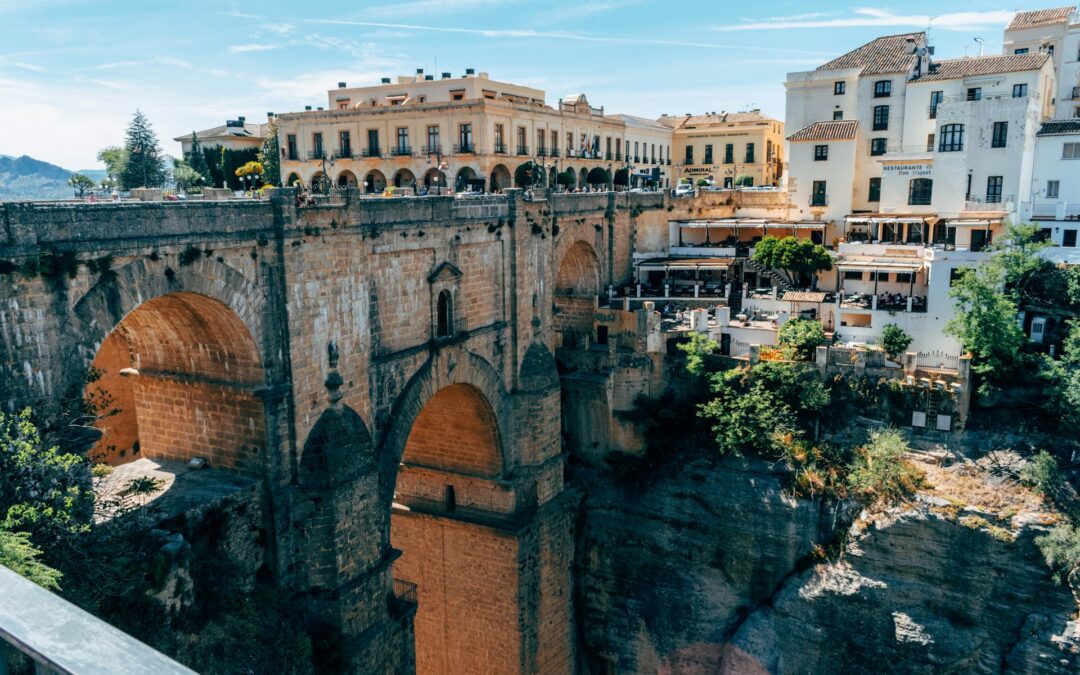Naples isn’t just about pizza, espresso, and vibrant chaos; it’s a living time capsule with 27 centuries of history layered beneath your feet. This southern Italian gem is raw, dramatic, and endlessly authentic. Older than Rome, the city offers a unique blend of ancient ruins, royal palaces, baroque churches, and electric street life. For lovers of historical architecture and unique urban landscapes, Naples is an unmissable destination.
This article delves into 10 must-see architectural highlights of Naples, offering a journey through time and design. From its famous subterranean sites to its grandest castles, discover why Naples is a true architect’s dream.
1. A City Built on Centuries of History
Naples is unique among Italian cities because its urban fabric is built upon successive layers of civilization. In the historic center, 18th-century homes stand on Roman foundations, which in turn rest on ancient Greek walls. Beneath the bustling streets lies the original Neapolis, founded in the 8th century BC. This deep history is a key reason for the city’s UNESCO World Heritage status and a draw for travelers searching for authentic experiences.
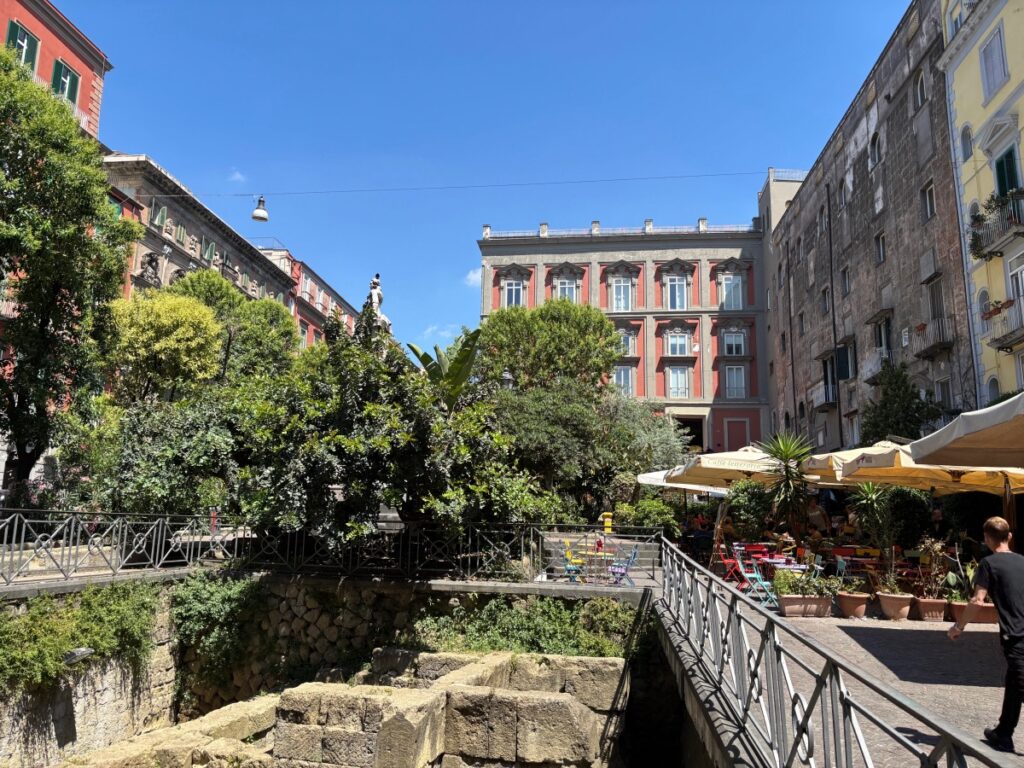
2. Gesù Nuovo Church: A Fortress-Like Façade with a Baroque Heart
The Gesù Nuovo church presents a striking paradox. Its exterior, repurposed from a 15th-century Renaissance palace, is a powerful diamond-patterned stone façade that resembles a military stronghold. But step inside, and you’re enveloped in a world of pure baroque splendor. The mysterious engravings on the façade, long debated by scholars, are a fascinating detail for visitors. The church is a key feature of any Naples historical walking tour.

3. The Royal Palace of Naples: Piazza del Plebiscito’s Crown Jewel
Dominating the city’s largest public square, Piazza del Plebiscito, the Palazzo Reale was one of the four residences of the Bourbon kings. The façade showcases statues of rulers from the city’s Norman to Spanish eras. Inside, visitors can tour fresco-covered halls and admire an authentic collection of 18th-century furniture. Located next to the world-famous Teatro di San Carlo, a visit here is a central part of any Naples itinerary.
4. Castel dell’Ovo: The “Egg Castle” by the Sea
Perched on the small island of Megaride and connected to the mainland by a scenic causeway, Castel dell’Ovo is the city’s oldest standing castle. The legendary poet Virgil is said to have hidden a magical egg in its foundations to prevent its collapse, giving rise to its whimsical name. Today, this iconic seaside fortress offers breathtaking panoramic views of the Bay of Naples and Mount Vesuvius, making it a favorite spot for sunset photographers.
5. Cappella Sansevero: Home of the Veiled Christ
For an unforgettable experience of Neapolitan Baroque art, visit the Cappella Sansevero. This small chapel houses the Veiled Christ (Cristo Velato), a marble sculpture so lifelike it appears to be draped in translucent fabric. Created by Giuseppe Sanmartino in 1753, this masterpiece of human emotion and technical skill is often considered one of Italy’s greatest artistic treasures.
6. The Spanish Quarter: Naples at Its Most Authentic
The Quartieri Spagnoli is a vibrant, labyrinthine neighborhood with a palpable atmosphere. Built in the 16th century for Spanish troops, its narrow streets are now famous for their colorful laundry lines, vibrant street art, and small, family-run eateries. While architecturally humble, its rich social fabric and raw energy make it a true highlight of Naples and a must-visit for travelers seeking to immerse themselves in local culture.
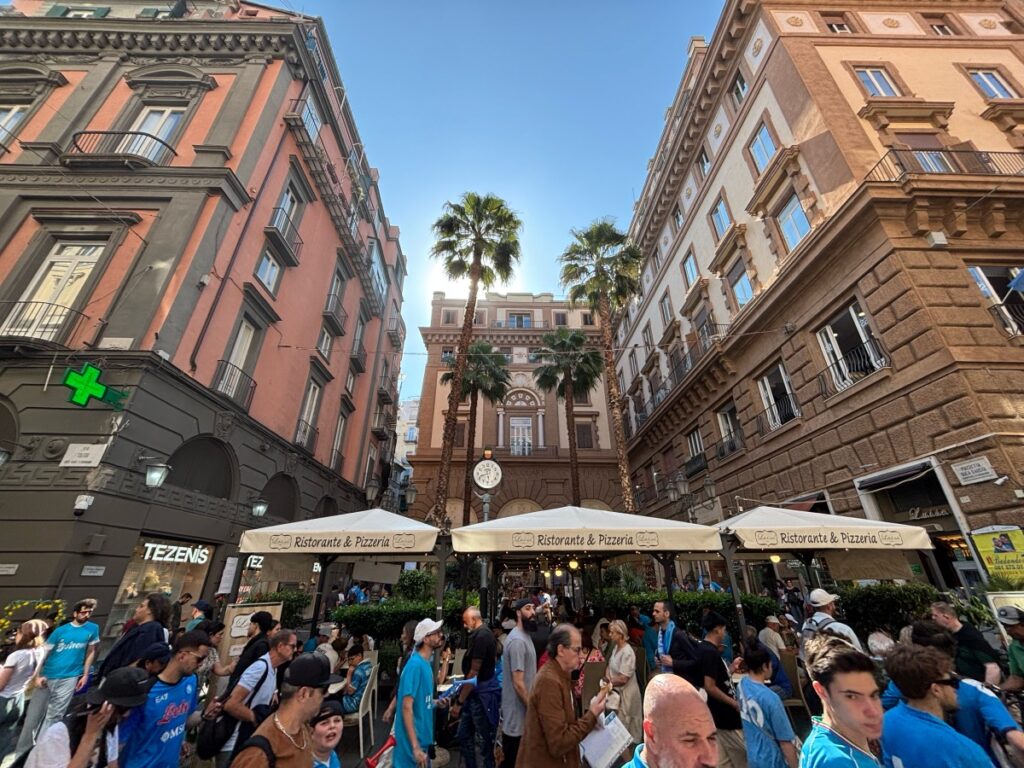
7. Duomo di Napoli: Gothic Grandeur with a Miraculous Heart
Dedicated to the city’s patron saint, San Gennaro, the Naples Cathedral is a mix of architectural styles, featuring a neo-Gothic exterior and a richly decorated baroque interior. The cathedral is famous for the “miracle of the blood,” where the saint’s relic is said to liquefy three times a year, a key event for local faith and an intriguing historical phenomenon for tourists.
8. Toledo Metro Station: An Underground Masterpiece
As part of Naples’ innovative “Art Stations” project, Toledo is frequently lauded as one of Europe’s most beautiful metro stations. Designed by architect Óscar Tusquets Blanca, the station is a dazzling display of blue mosaics, light installations, and futuristic design. It transforms a simple commute into a sensory journey, drawing a constant stream of visitors eager to see this unique Naples modern architecture landmark.
9. Castel Nuovo: A Fortress with a Renaissance Arch
Also known as Maschio Angioino, this 13th-century medieval fortress is a prominent landmark near the city’s port. The most striking feature is the monumental triumphal arch, a magnificent Renaissance addition commissioned by the Aragonese kings. This architectural juxtaposition of a medieval castle with a classical arch is a powerful symbol of Naples’ shifting history.
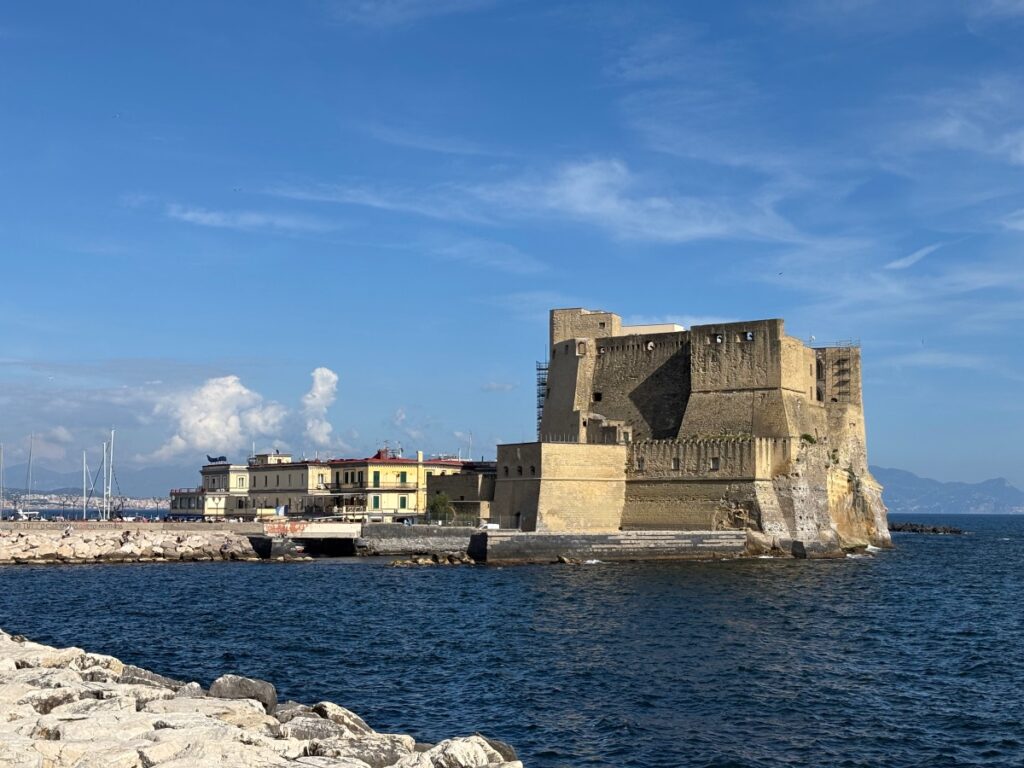
10. Catacombs of San Gennaro: Journey into Early Christian History
For a truly unique perspective on the city, descend into the Catacombs of San Gennaro and San Gaudioso. This extensive network of burial sites from the 2nd century offers a glimpse into early Christian art and history. The catacombs feature intricate frescoes, carved chambers, and symbolic imagery that provide a hauntingly beautiful and historically significant experience.
Why Naples is an Architect’s Dream
Naples is messy, magical, and unapologetically alive. Here, ancient ruins meet street life, palaces stand beside graffiti-covered walls, and beauty hides in unexpected corners. The city is a living history book where every street, building, and underground tunnel tells a story. From the grandeur of its royal past to the resilience of its ancient roots, Naples offers a journey through time that will captivate any traveler with an interest in architecture and culture.

